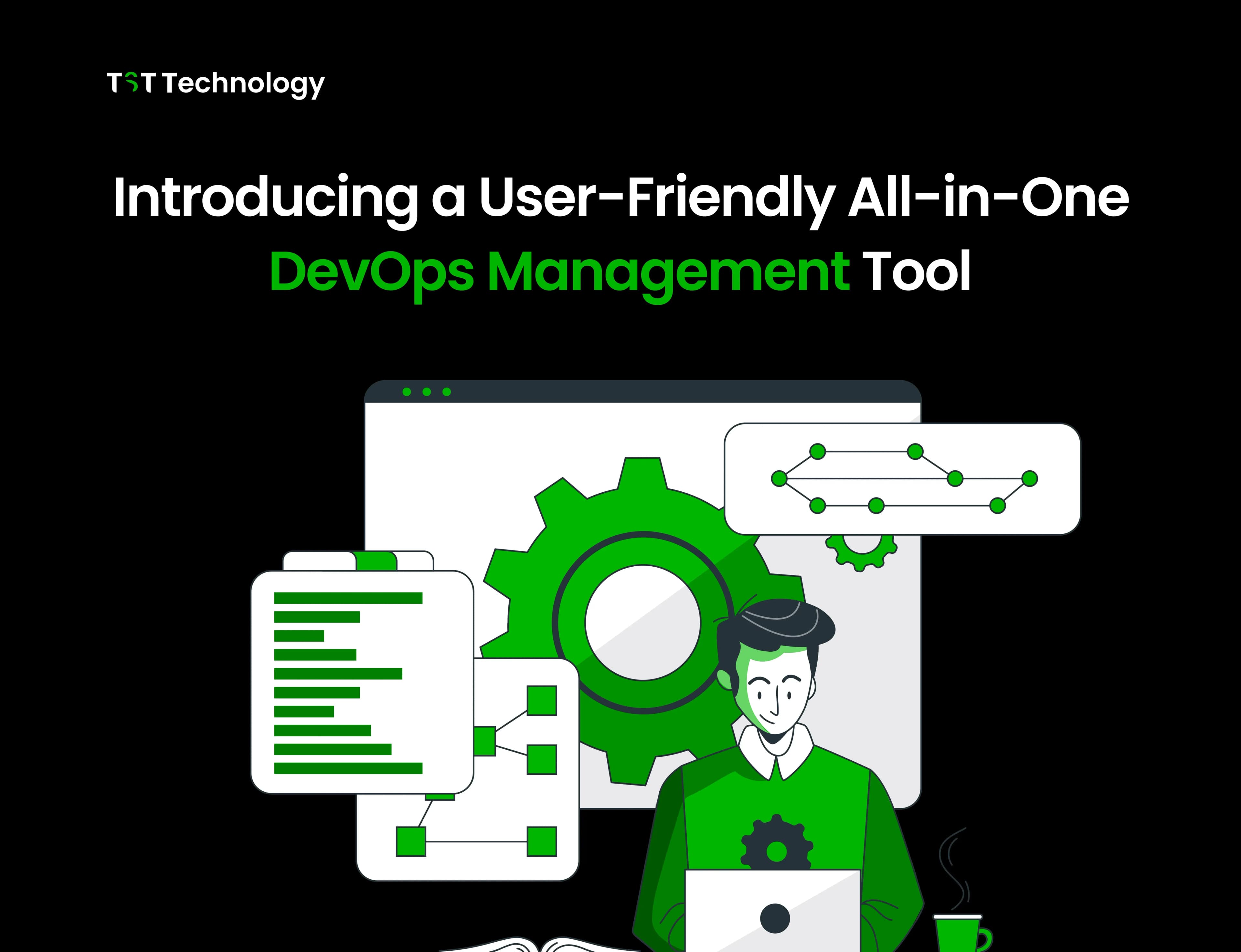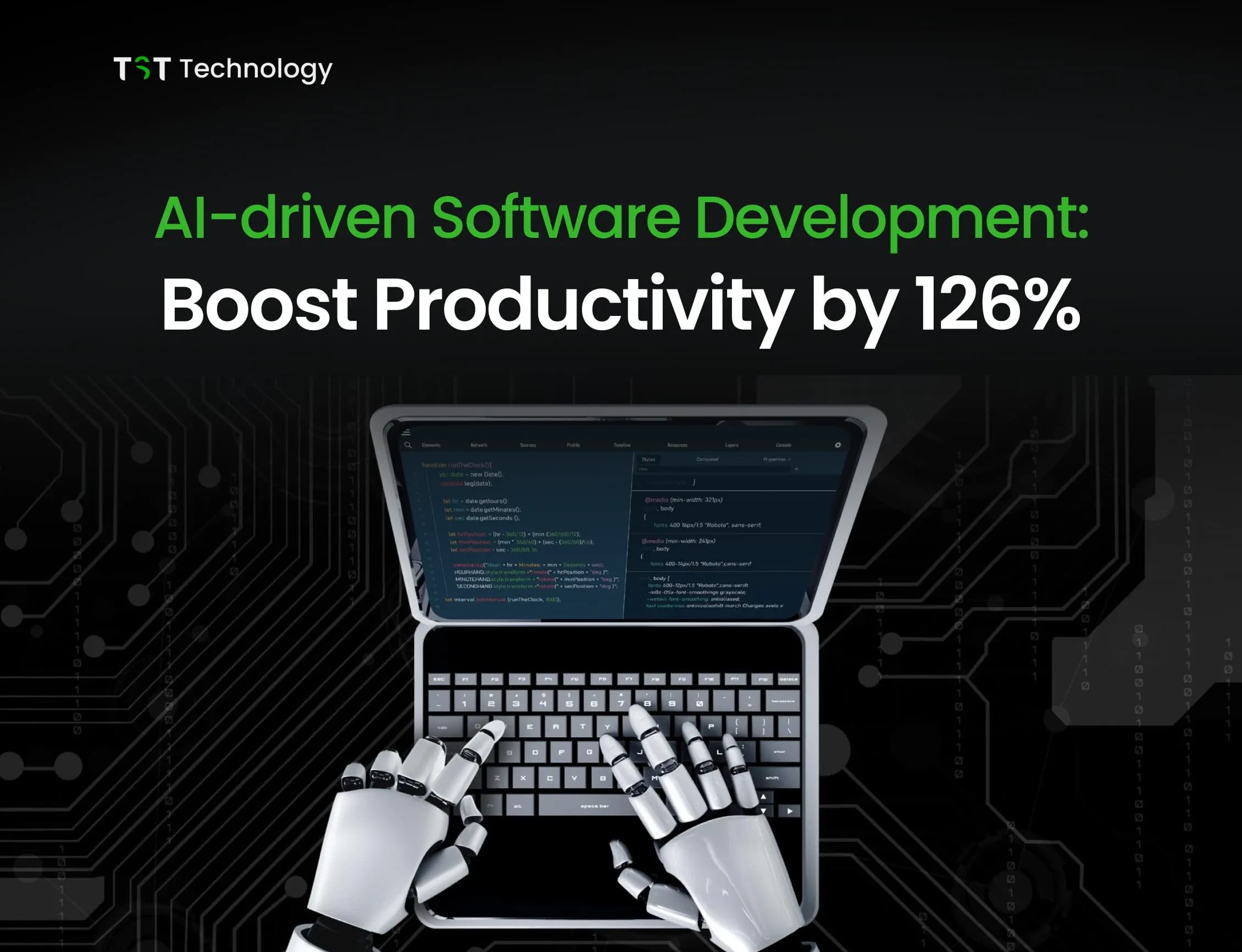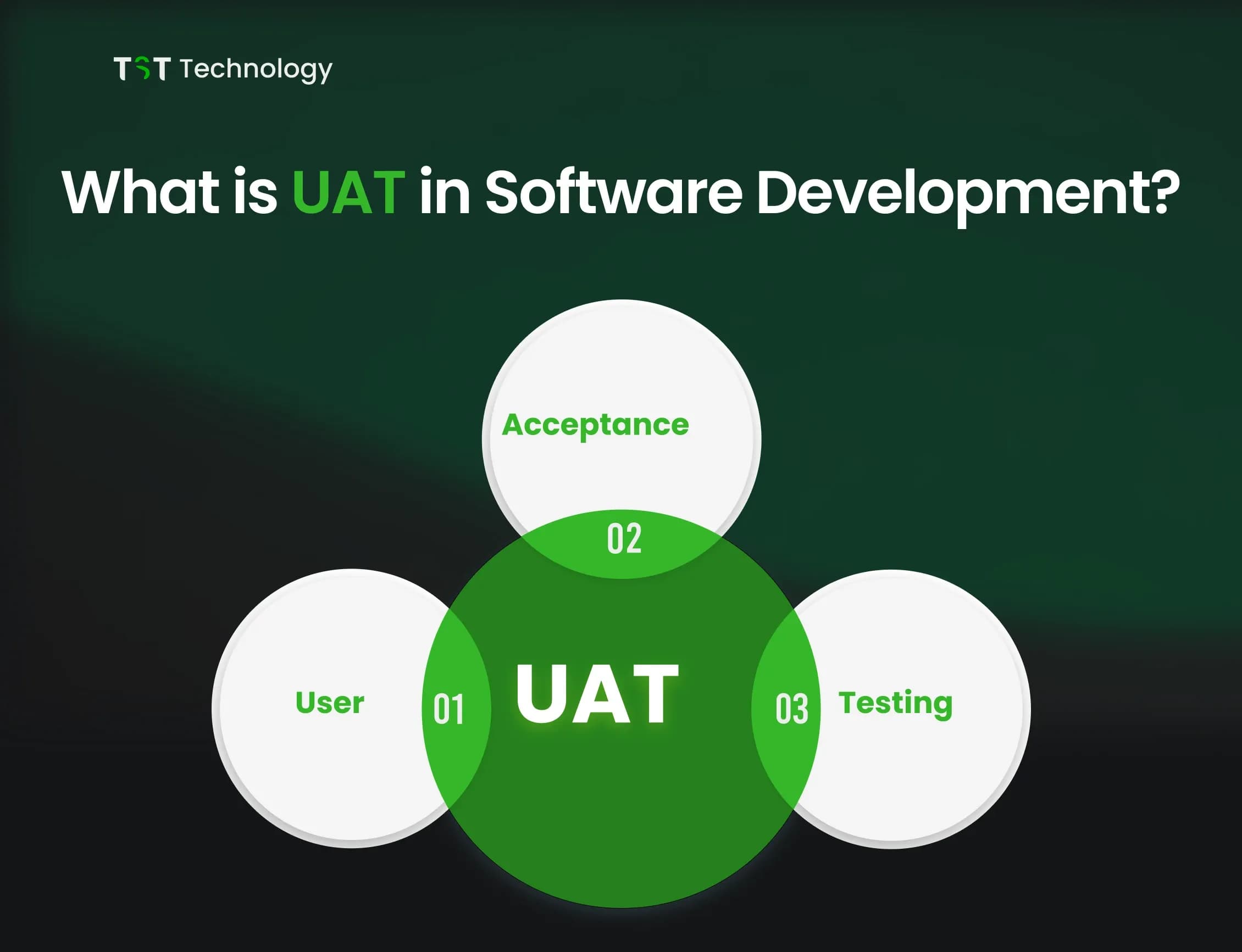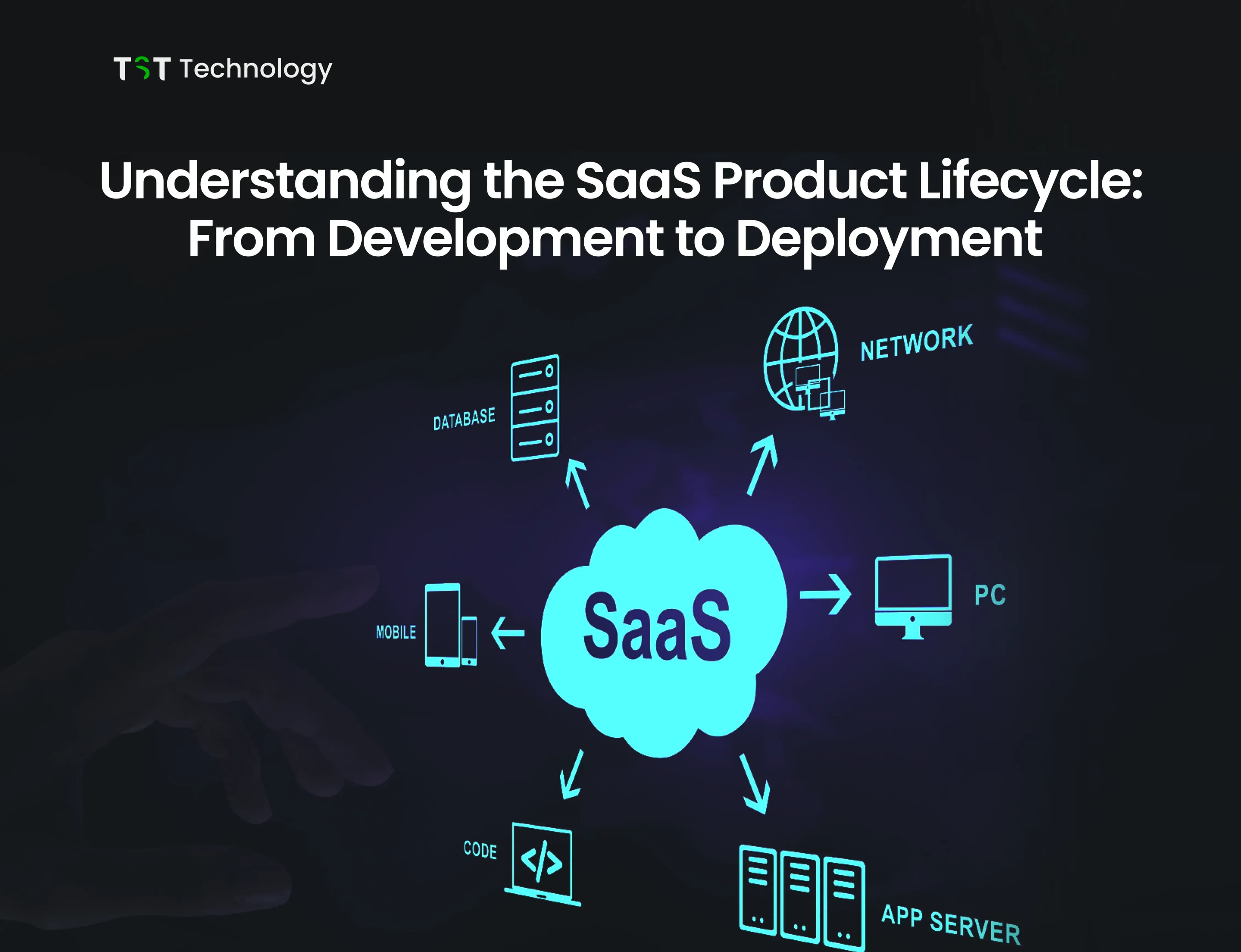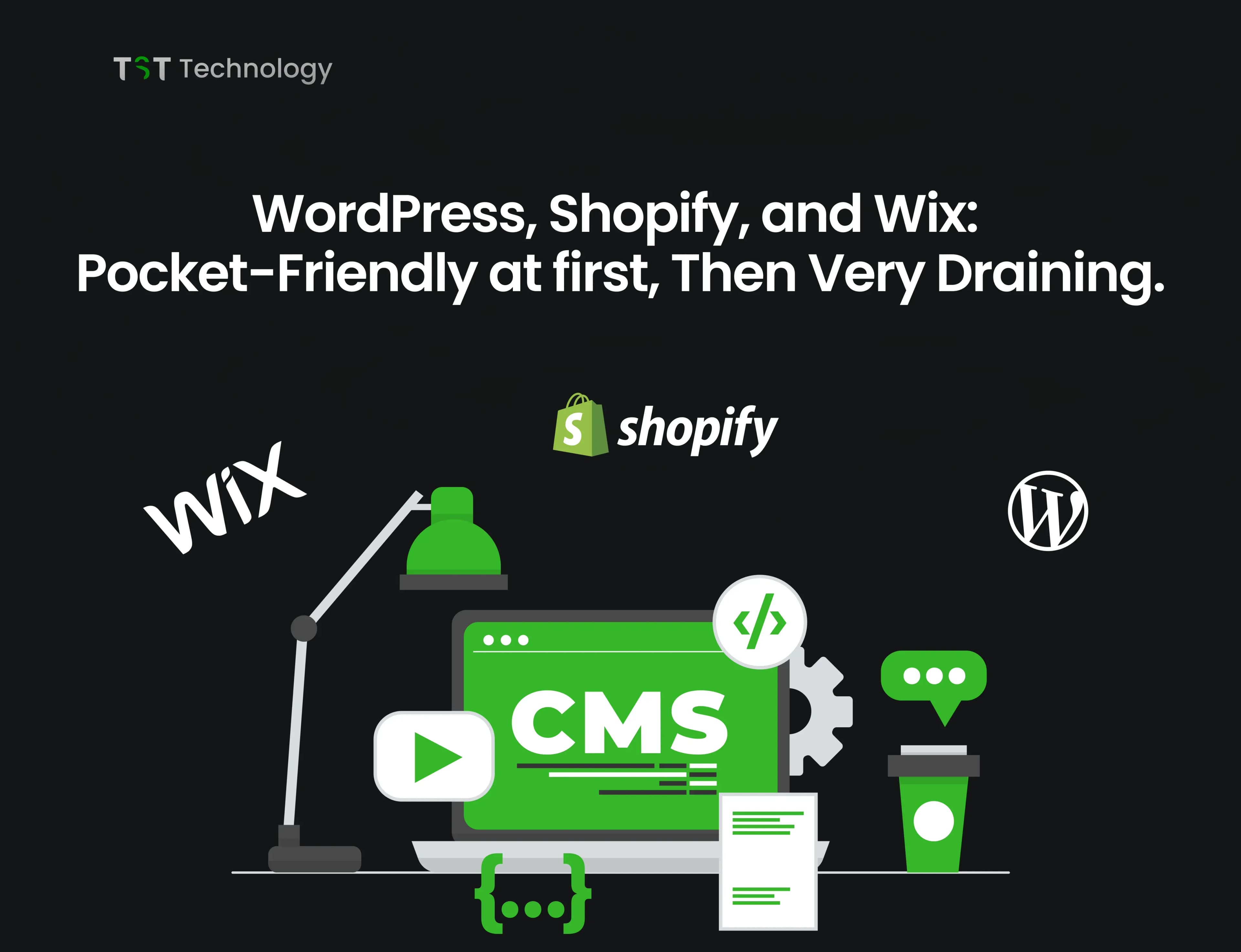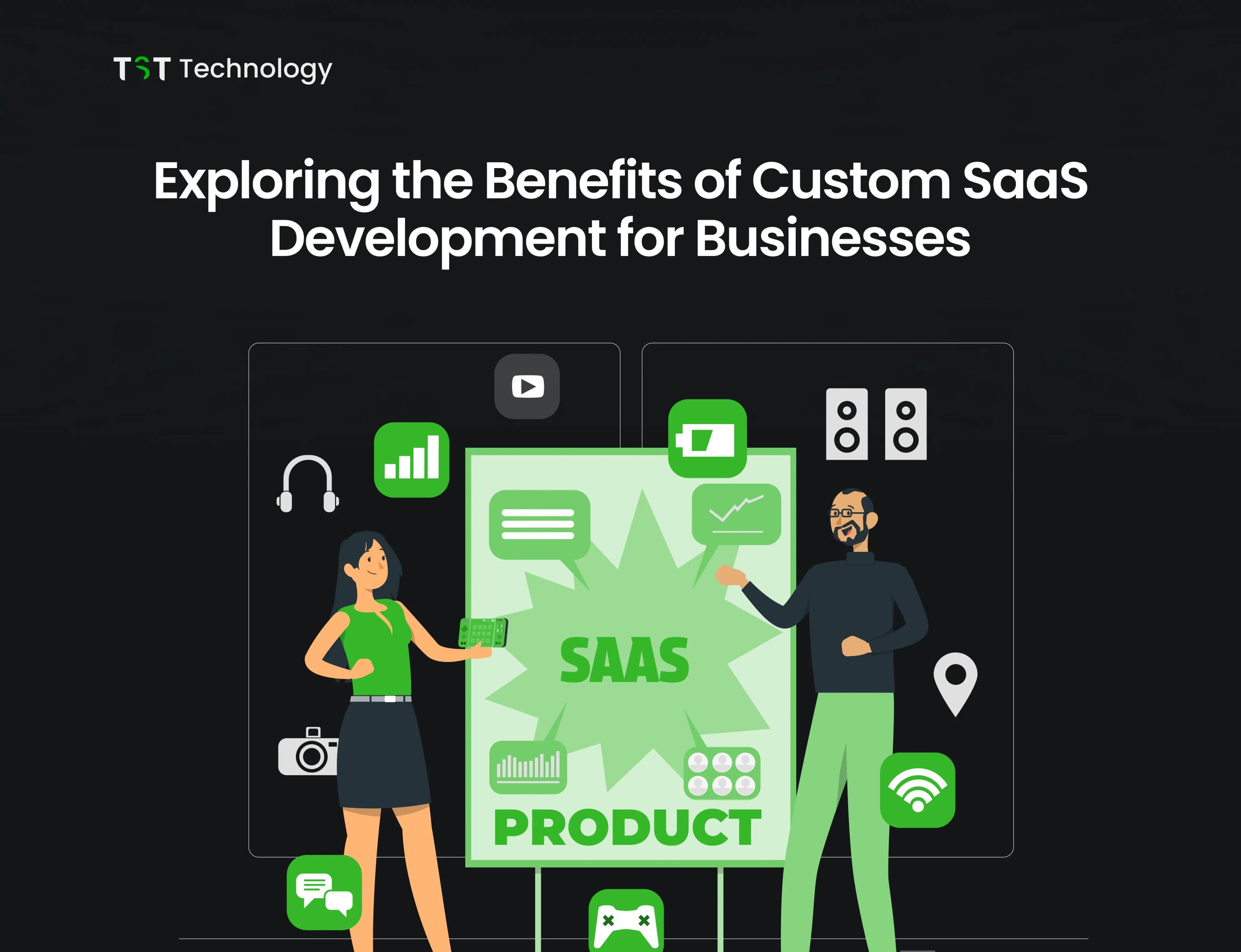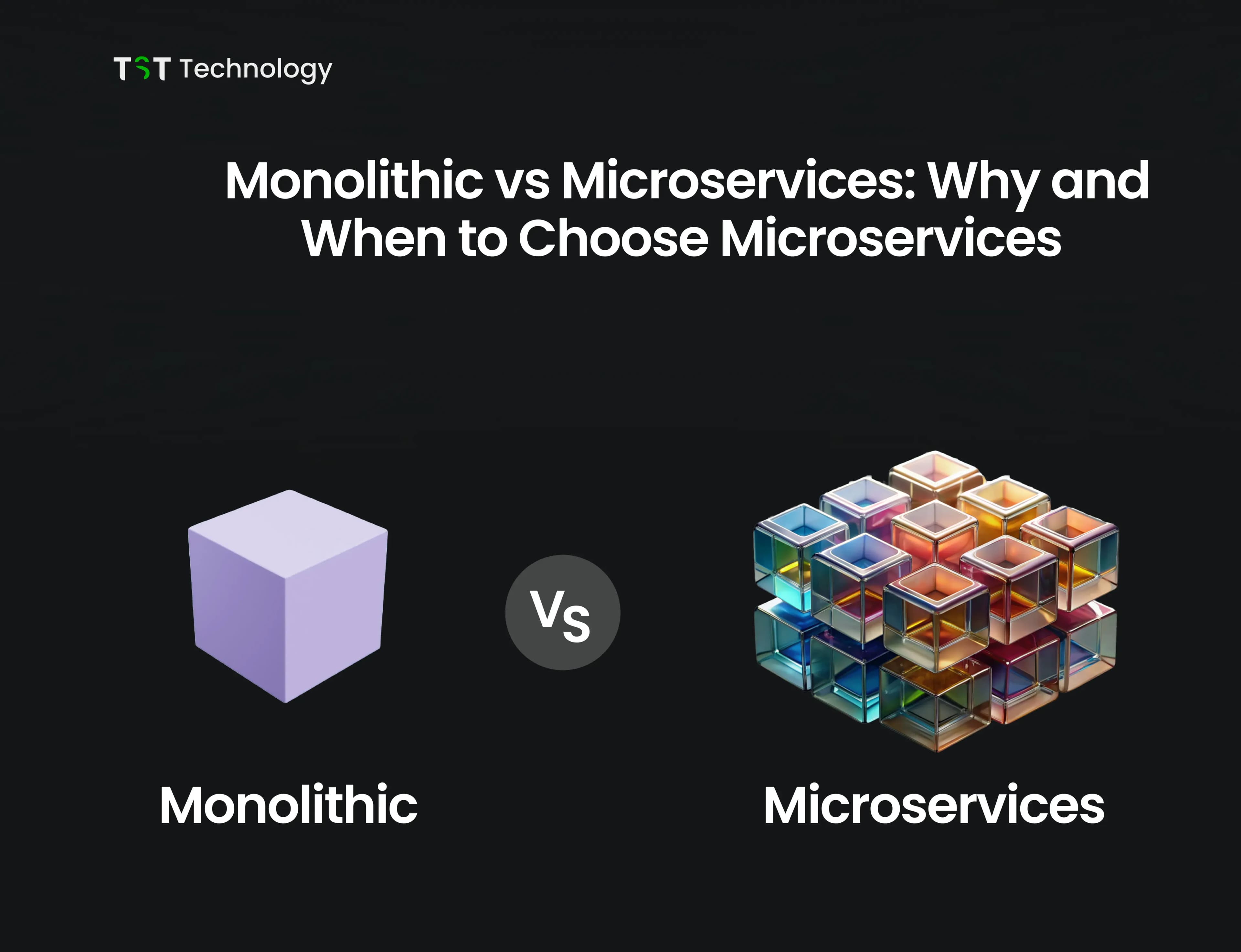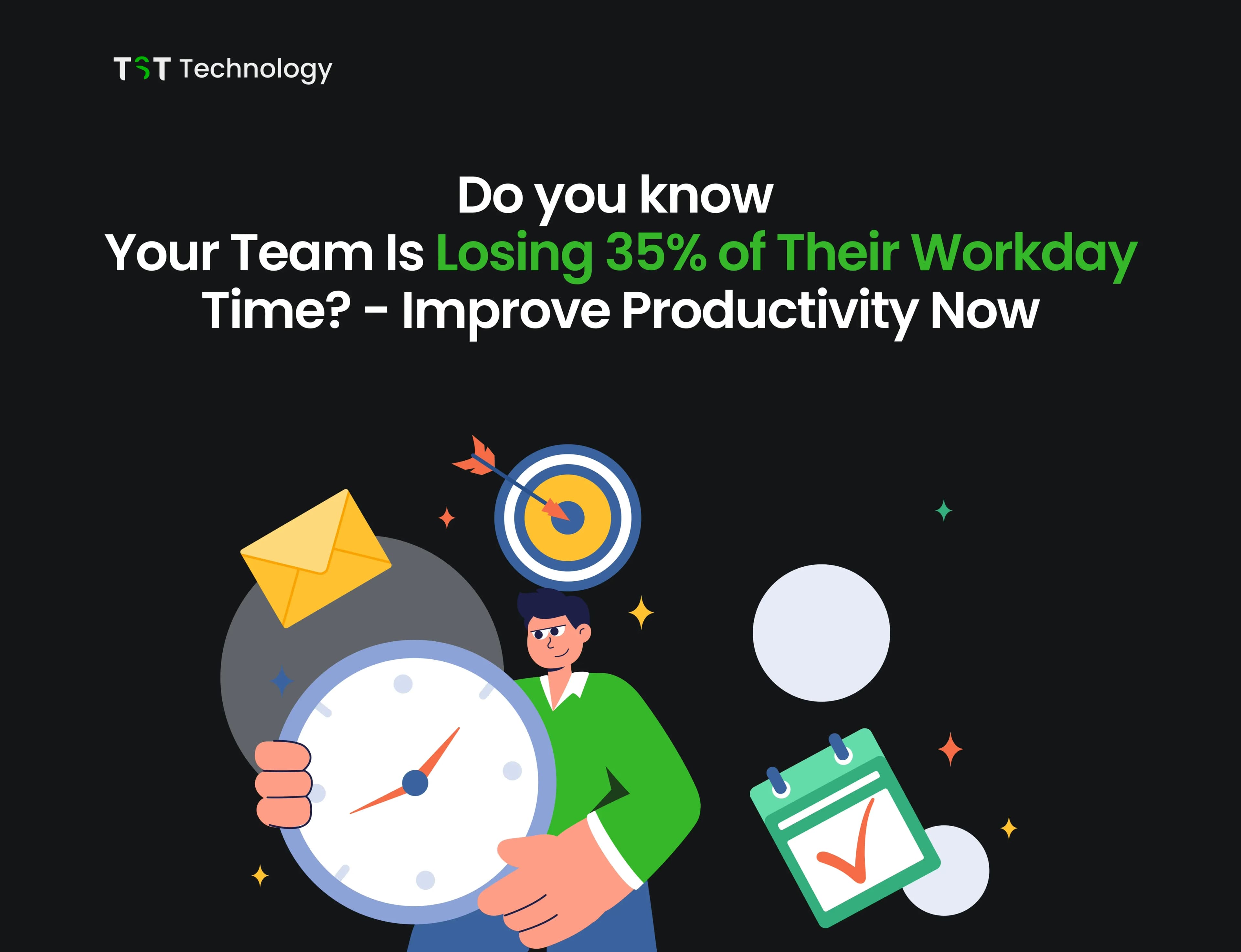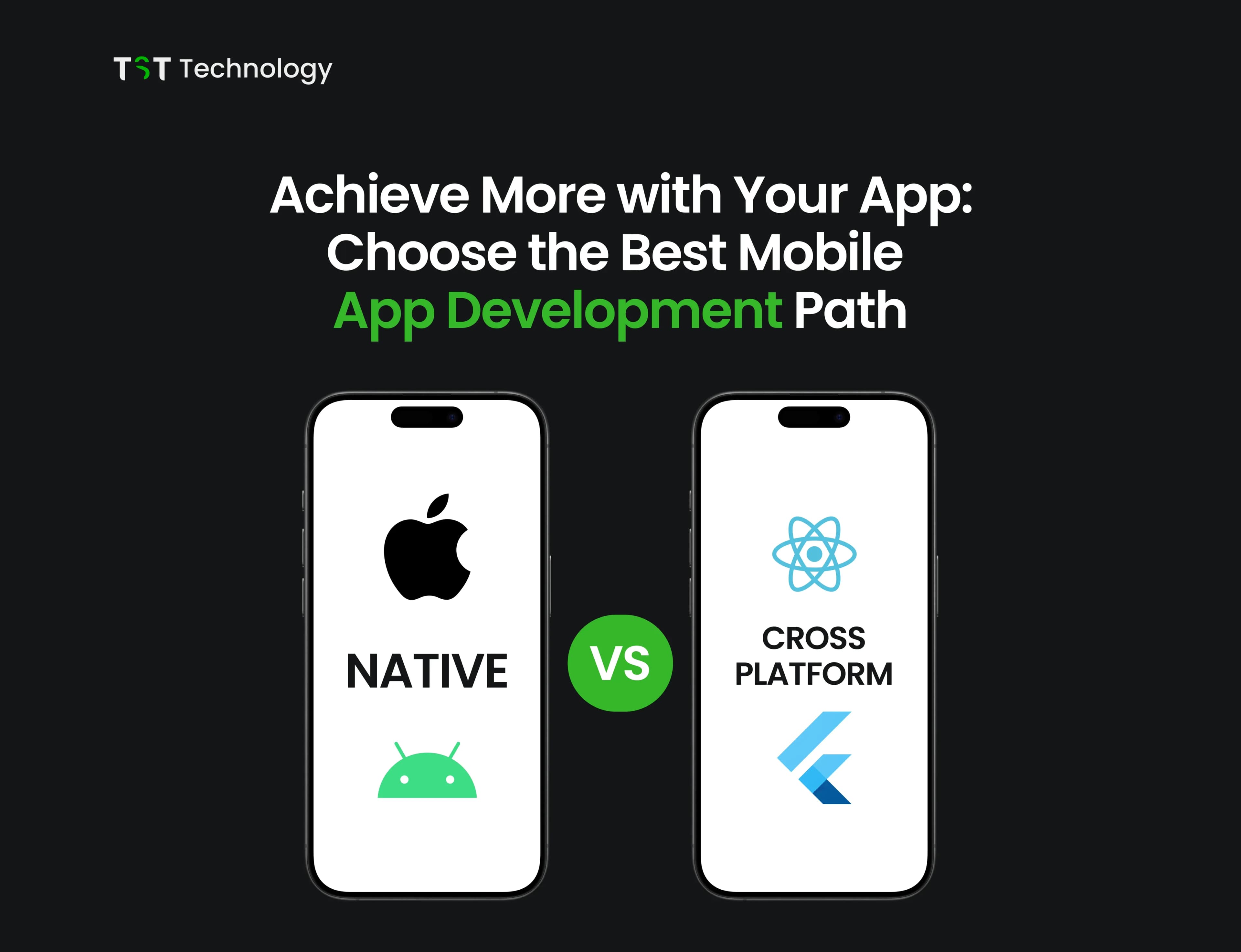Have you ever wondered why mobile app development is so popular nowadays?
In today's digital age, mobile apps are simplifying everything. Be it shopping, banking, education, health monitoring, professional work, meetings, or entertainment – everything is at the distance of a touch. Mobile apps not only make these tasks convenient but have also become an essential part of our daily lives. Due to this, businesses are also developing mobile apps to reach their customers directly and provide them with better services.
It has grown significantly due to the trend of digital transformation. Companies provide personalized experiences to users through mobile apps, which helps in increasing user engagement and customer satisfaction.
Choosing the right mobile development frameworks is critical to building apps that meet these demands efficiently.
In this guide, we explore the best mobile app development framework options in 2025.
So let's start this journey.
What is a Mobile App Development Framework?
An application development framework is a toolkit that streamlines app creation.
If you’re wondering, 'What is an application development framework?', it’s a platform offering pre-built components, libraries, and tools to accelerate development while ensuring scalability and security.

Comparative Analysis of Top Mobile Frameworks
Framework | Platforms Supported | Unique Features | Best For |
| Flutter | Android, iOS | Hot reload, customizable widgets, Material Design integration | Cross-platform apps with a polished UI |
| React Native | Android, iOS | Hot reload, native components, large library support | Apps requiring near-native performance and fast development |
| jQuery Mobile | Multiple (Web, Mobile) | Lightweight, ThemeRoller, plugins for interactive features | Lightweight, cross-platform apps |
| Mobile Angular UI | Android, iOS, Web | UI components like navbars, overlays, and sidebars | Hybrid apps with responsive and user-friendly interfaces |
| Appcelerator Titanium | Android, iOS, Windows | Over 5000 APIs, drag-and-drop prototyping | Apps requiring advanced native features and high scalability |
| Ionic | Android, iOS, Web | Cordova plugins, AngularJS support, pre-built UI components | Apps requiring consistent UI across platforms |
| Xamarin | Android, iOS, Windows | Native UI access, integration with Visual Studio, code sharing | Enterprise-level apps with high performance and native functionality |
| NativeScript | Android, iOS | Direct access to native APIs, pure native UI components | Apps with a natural look and feel requiring advanced native functionality |
| Adobe PhoneGap | Android, iOS, Web | Rich plugin library, web technology-based development | Simple cross-platform apps with familiar web technologies |
| Framework7 | Mobile, Web, Desktop | Native-like UI, integration with React and Vue.js, customizable design options | Apps requiring a native-like user experience and smooth animations |
Top 10 Mobile Application Development Frameworks in 2025
Here are the top 10 programming frameworks for app development in 2025, each offering unique advantages.
1. Flutter
 Google created the open-source mobile application framework Flutter. It allows you to create native apps from a single codebase for both iOS and Android. Flutter's primary benefit is that it offers fully customizable widgets, making mobile application design simple and rapid.
Google created the open-source mobile application framework Flutter. It allows you to create native apps from a single codebase for both iOS and Android. Flutter's primary benefit is that it offers fully customizable widgets, making mobile application design simple and rapid.
Did you know? Flutter is widely regarded as the best framework for mobile app development. 46% of global developers use Flutter, making it the top choice for cross-platform mobile development.
Features of Flutter:
- For fast and efficient app development.
- Android and iOS create apps for both from a single codebase.
- Use of the Skia engine for smooth and attractive visuals.
- The performance of apps is almost native like it is.
- Creating a flexible UI design with fully customizable widgets.
- Integrated with Google's Material Design principles.
Benefits of Flutter App development:
- Quick development and easy customization save time.
- Powerful rendering engine to create smooth and visually appealing apps.
- Active developer community with support from Google.
- With widgets and Material Design, you can customize the apps according to your needs.
- Seamless user experience with near-native performance.
2. React Native

React Native remains a top choice and is projected to dominate as one of the most popular mobile app development frameworks in 2025. This implies that you can save resources and time. Facebook developed React Native, which is based on the JavaScript programming language.
The process that enables you to view updates instantly without having to restart the application is called “Hot-reloading”. The same codebase can be used to develop apps for both platforms.
Fact: According to a 2023 survey, 35% of global developers prefer React Native for app development.
Features of React Native:
- Write one code to develop apps for both Android and iOS.
- Option to make and see changes in real-time, without restarting the app.
- Components made once can be used in multiple places.
- Fast and easy design making from already-made components.
- Many libraries are available for additional functionalities.
- Option to easily maintain and upgrade the code.
Benefits of React Native
- A single codebase makes development faster and saves time and effort.
- Developing apps for both platforms from one team reduces development costs.
- By using native components, the performance of the app is improved.
- With the help of hot-reloading, debugging and changes are fast.
- There is a very large developer community from which you can get resources and help.
- The app can be easily scaled for future updates and new features.
3. jQuery Mobile

jQuery Mobile is a cross-platform development framework with 18.19% of global developers using it, according to a 2023 survey for creating mobile and web applications. This framework allows the same code version to run on multiple devices based on HTML5. jQuery Mobile includes several plugins such as Image Slider, Content-Slider, and Pop-Up Boxes, which help create feature-rich and interactive designs.
This framework works well with other tools like PhoneGap, making it even easier to develop apps.
Features of jQuery Mobile:
- Responsive for multiple platforms/devices.
- Supports smartphones, tablets, and PCs.
- Lightweight for enhanced performance.
- Add-on plugins for rich features.
- Configurable themes with Theme Roller.
- Well-integrated and compatible with PhoneGap.
Benefits of jQuery Mobile:
- Easy cross-platform app development.
- Fast performance due to its lightweight.
- Flexible design with interactive plugins.
- Customizable themes with Theme Roller.
- Compatible with other frameworks.
- Seamless functioning across various devices.
4. Mobile Angular UI

Mobile Angular UI is an open-source mobile application development framework that combines the Bootstrap and Angular frameworks. Using it, you can develop hybrid mobile apps that provide responsive and attractive user interfaces. This framework offers various UI components such as overlays, switches, sidebars, and navbars, which make apps robust and user-friendly.
Among the companies using Mobile Angular UI, 24% are small (less than 50 employees), 22% are medium-sized, and 30% are large (over 1000 employees). Mobile Angular UI supports cross-browser compatibility, which means JavaScript code is automatically handled for every browser.
Features of Mobile Angular UI:
- To display the menu and the header/footer section with top and bottom navbars.
- Displaying scrollable content with a fixed header/footer.
- Section-wise content display, where only one section is visible at a time.
- To show pop-up windows.
- Hidden sidebars are activated by clicking on the left or right side of the screen.
- Toggle switch elements for Boolean values.
Benefits of Mobile Angular UI:
- Creating responsive apps for both mobile and desktop.
- Provides attractive and user-friendly UI components.
- The framework is lightweight, which makes apps fast and efficient.
- Does not depend on jQuery, which improves performance.
- Easily converting web or desktop apps into mobile apps.
- It becomes easier to create hybrid apps using AngularJS and Bootstrap.
5. Appcelerator Titanium

Using just one JavaScript codebase, developers can construct native mobile apps with Appcelerator Titanium, an open-source development platform. Apps for popular platforms, including Windows, iOS, and Android, may be developed using it. Utilizing the more than 5000 APIs available with the Titanium SDK facilitates quick and effective app development.
The Appcelerator Titanium market was worth $25.2 billion in 2022 and is expected to reach about $47.08 billion by 2032, growing at a rate of 6.50% each year. If you’re making apps for different platforms, this framework lets you reuse up to 90% of your code, which is a big advantage.
Features of Appcelerator Titanium:
- SDK is based on JavaScript, which helps in creating functional-rich apps.
- Developing apps for Android, iOS, and Windows platforms.
- Accessing full native features with platform-independent APIs.
- For direct access to native APIs.
- Using web technologies like HTML5, CSS3, AJAX, and jQuery.
- Develop quick prototypes with drag-and-drop controls.
Benefits of Appcelerator Titanium:
- Faster development for multiple platforms.
- Cost-effective app creation and maintenance.
- Easy maintenance with a single codebase.
- High-performance apps with functional entities.
- Flexible, scalable framework for world-class apps.
- Easy access to advanced native features.
6. Ionic

The Ionic framework facilitates the development of cross-platform mobile applications with 9% of global developers using it, according to a 2023 survey for creating mobile and web applications. With the aid of this framework, you can write HTML, CSS, and JavaScript applications for the Windows, iOS, and Android platforms.
Action sheets, forms, and navigation menus are just a few of the pre-installed UI elements from Ionic that offer apps a polished appearance and help them stand out from the competition. With the aid of Cordova plugins, this AngularJS-based framework allows you to add advanced functionality.
Features of Ionic:
- Develop Android, iOS, and Windows apps from one codebase.
- Forms, navigation menus, action sheets, etc.
- Plugins to integrate native device features.
- Built-in support with AngularJS.
- CLI tools for app development and management.
- Support for custom animations and transitions.
Benefits of Ionic:
- Rapid development and deployment process.
- Consistent user interface on every platform.
- Access to native features from Cordova plugins.
- Free and open-source framework.
- Large community and extensive resources.
- Compatibility with multiple platforms and frameworks.
7. Xamarin

Xamarin, acquired by Microsoft, is a popular open-source framework with 8% of global developers using it, according to a 2023 survey for creating mobile and web applications for building native mobile applications. Because it makes use of the .NET framework, developers may use a single codebase to create programs for Windows, iOS, and Android.
With Xamarin, you can easily create native experiences with access to native UI elements and APIs thanks to its extensive library and toolkit. Xamarin facilitates code exchange between platforms, which increases productivity and lowers costs associated with the development process.
Features of Xamarin:
- Direct access to native APIs and UI elements for all supported platforms.
- Write once, and deploy across multiple platforms, reducing duplication of effort.
- Seamless integration with Microsoft's Visual Studio for development and management.
- Supports Android, iOS, and Windows from a single codebase.
- Faster development process with fewer lines of code using C#.
- Extensive libraries and tools for building feature-rich applications.
Benefits of Xamarin:
- Reduces development costs by allowing code reuse across platforms.
- Delivers high performance with native user interfaces and functionality.
- Benefits from a large community of around 1.4 million developers.
- Streamlined development process due to fewer lines of code required.
- Easy integration and management through Visual Studio, enhancing productivity.
8. NativeScript

Using Angular, Vue.js, TypeScript, or JavaScript, developers may create native mobile applications with the help of the open-source NativeScript framework. You can create apps for iOS and Android using this framework, all from the same codebase. According to a 2023 survey, 2% of developers worldwide use React Native for mobile app development.
Apps written with NativeScript have a natural look and feel and good performance since they directly use native APIs. For developers seeking quick and affordable solutions for several platforms, this framework is perfect.
Features of NativeScript:
- Use of pure native UI components without web views.
- Full access to native APIs of Android and iOS.
- Develop Android and iOS apps from one codebase.
- Use of one code for multiple platforms.
- Strong backend support for mission-critical business applications.
- Platform-independent UI components are defined through XML files.
Benefits of NativeScript:
- High performance and smooth experience with Native APIs and components.
- A single codebase reduces the time and cost of creating apps for multiple platforms.
- Reusing code streamlines the development process.
- With direct access to native APIs, advanced features can be easily implemented.
- Creating platform-independent UI with XML files.
- Reliable backend support for mission-critical applications.
9. Adobe PhoneGap

In 2011, PhoneGap was first developed by Nitobi and purchased by Adobe Systems It is an open-source framework. PhoneGap mobile application framework gives programmers the ability to create cross-platform mobile applications with common web technologies like JavaScript, HTML5, and CSS3.
Without needing to learn separate programming languages for each platform, you can use PhoneGap to create a single application that functions on Android, iOS, and Windows. In 2019, 11% of developers used React Native, but that number will drop to just 2% in 2023.
Features of Adobe PhoneGap:
- Write once, and deploy across platforms.
- Independent of hardware configurations.
- Rich plugin library, third-party tools.
- Strong community, and comprehensive documentation.
- Compatible with multiple devices/systems.
Benefits of Adobe PhoneGap:
- Familiar tech: HTML, CSS, JavaScript.
- Fast development with one codebase.
- Supports teamwork with existing skills.
- Cuts costs by avoiding multiple codebases.
- Easy app sharing via PhoneGap Build.
10. Framework7
 An open-source framework called Framework7 is made to help developers create native-feeling desktop, mobile, and web applications. It works well with contemporary tools like Vue.js and React and supports HTML, CSS, and JavaScript.
An open-source framework called Framework7 is made to help developers create native-feeling desktop, mobile, and web applications. It works well with contemporary tools like Vue.js and React and supports HTML, CSS, and JavaScript.
With Framework7, developers can easily design feature-rich apps because of its extensive collection of UI components, which includes action sheets, side panels, and list views. It is especially renowned for its capacity to provide a native-like appearance and feel on several platforms.
Features of Framework7:
- Native-like UI with various widgets.
- Tool integration for desktop apps.
- Supports Vue, React, and Svelte frameworks.
- Easy customization for design needs.
- Native scrolling and smooth animations.
Benefits of Framework7:
- Extensive customization with UI components.
- Efficient development with pre-built tools.
- Cross-platform support for a consistent experience.
- Comprehensive ecosystem for modern applications.
Features of Mobile Application Development Framework
Mobile application frameworks are essential tools that developers use to create mobile apps efficiently. These frameworks provide you with pre-built tools and libraries, which simplify the development process and save time.
The main focus of frameworks is that you can develop apps for multiple platforms, like Android and iOS, from a single codebase. Let us see some features of mobile application frameworks:
- Cross-Platform Compatibility: This feature allows developers to create apps for Android and iOS platforms using the same codebase. This saves both time and effort.
- Reusable Code: Frameworks provide you with code reusability, allowing you to use code written for one platform on another, reducing duplication and maintenance costs.
- Pre-Built UI Components: These frameworks contain many ready-to-use UI components, such as navigation bars, buttons, and sliders, which make the application development process fast and easy.
- Native Performance: Many frameworks are optimized for native performance and look and feel, which improves the user experience, such as Flutter and React Native.
- Rapid Development: Easy integration of frameworks and extensive libraries offers you a faster development process, which helps create an MVP (Minimum Viable Product).
- Hot Reloading: This feature facilitates the reflection of code changes on the application immediately, which makes the development and debugging process efficient, like in Flutter.
- Access to Native APIs: Frameworks allow you to access native device functionalities like camera, GPS, and contacts, which helps implement advanced features in the application.
- Community Support: Popular frameworks like React Native and Flutter have active community support, which helps fix bugs and implement new features.
- Security Features: Mobile frameworks provide you with built-in security features, like data encryption and authentication, which make apps secure.
- Testing and Debugging Tools: Frameworks come with integrated testing and debugging tools, which help you maintain the quality of your application and detect issues at an early stage.
Key Factors to Consider While Choosing a Framework

If you are thinking of developing your mobile app, the first question to ask is which framework to use.
A framework is the software through which you code your app. Just as a builder has different tools at his disposal to create a building, similarly, developers have different frameworks at their disposal to create apps.
- Understand Your Project's Requirements:
Recognize the project's requirements first. What are your desires? Which kind of app do you want to make—one with basic features or one with sophisticated ones?
It's also possible to construct a rudimentary app using a simple framework. However, you'll need a framework that offers performance optimization and additional capabilities if the program is complicated.
- Check out Cross-Platform Support:
In today's time, developers often want their apps to run on Android and iOS. If you also want this, then you should choose a framework that provides cross-platform support. This means you only have to write one code, and it will work on both platforms.
- User Experience and UI/UX Capabilities of the Framework:
The user experience of the framework has been very important. You should choose a framework that is user-friendly and gives your app an attractive and engaging interface. If an app doesn't make users feel good, they won't use it, no matter how functional.
- Pay attention also to Community Support:
It is always good to have a framework with strong community support. This helps you solve any problem quickly because other developers like you use our framework. Regular updates and quick fixes help keep your app secure and working smoothly.
- Framework Cost and Development Speed:
Cost is also a crucial factor. Is your budget beyond your means or do you want a cost-effective solution? And also see how quickly the framework will help in developing the app. If the deadline of the project is tight, then you should choose such a framework that will speed up the development.
Choosing a mobile app development framework can be a bit challenging, but if you keep in mind the requirements, budget, and timeline of your project, then you can easily choose the right framework. Pick the right framework to make sure your app succeeds.
Types of Mobile Development Applications
There are three main types of mobile application development: Native Applications, Web Applications, and Hybrid Applications.
1. Native Applications:
Native apps rely on native app development frameworks like Swift (iOS) and Kotlin (Android) to leverage platform-specific features.
These apps work at their peak efficiency since they make direct use of the device's resources, which results in their quickness and responsiveness. You must download native apps from the App Store or the Play Store.
- Examples: Google Maps, WhatsApp, Telegram.
- Advantages:
- The best performance is given.
- This is a very secure hotel.
- User-friendly and interactive hotel.
- Access to all the device features is available.
- Disadvantages:
- They are made for only one platform.
- It is expensive to maintain them.
2. Web Applications:
Web apps are programs that operate within web browsers such as Chrome and Safari. For creating web applications, HTML, CSS, and JavaScript technologies are used. Web apps are significantly less user-friendly and perform slightly worse than native apps, but they can operate on any device with a web browser.
- Examples: Amazon, Canva, Netflix.
- Advantages:
- It has been easy to develop and easy to maintain.
- They are cheaper in comparison to Native and Hybrid apps.
- It can run on all platforms.
- Disadvantages:
- Browser par dependent hote hain.
- Performance is slow, and the user experience is less interactive.
- There is limited access to the features of the device.
3. Hybrid Applications:
Popular hybrid app development frameworks like React Native and Ionic allow developers to reuse code across platforms without sacrificing performance.
These apps use the mobile WebView object, which gives them the ability to run through the browser.
- Examples: Facebook, Instagram, and Uber.
- Advantages:
- Maintenance is cheaper and development is easier.
- Access to the features of the device is available.
- Having a single codebase makes development faster.
- Disadvantages:
- It is slow compared to native apps.
- Interaction and user experience are not as good as Native apps.
Key Features of Native, Web, and Hybrid Mobile Development Applications
Below, we compare the core features of leading mobile application development frameworks to help you identify the best fit for your project.
| Features | Native | Web | Hybrid |
| Device Access | Full access to device features | Limited access | Full access |
| Performance | High | Medium to High | Medium to High |
| Development Language | Platform-specific (e.g. Swift, Kotlin) | HTML, CSS, Javascript | HTML, CSS, Javascript |
| Cross-Platform Support | No | Yes | Yes |
| User Experience | High | Medium to High | Medium to High |
| Code Reuse | No | Yes | Yes |
| Offline Capability | Excellent | Limited | Good |
| Development Cost | High | Low to Medium | Medium |
| Maintenance | Complex (Platform-specific updates) | Simple | Moderate |
| App Store Approval | Required (for each platform) | Not required | Required |
| Security | High (Platform-specific security features) | Medium | Medium |
| Update Process | Through app store updates | Direct from server | Through app store updates |
| Integration | Deep integration with device features | Limited integration via web APIs | Good integration with the use of plugins |
| Development Time | Longer due to separate codebases | Shorter due to a single codebase | Moderate, single codebase |
| Distribution | Via app stores | Direct access through browsers | Via app stores |
The Future of Mobile App Development

The Mobile App Development market was worth USD 66.5 billion in 2021. It is expected to grow to USD 366.93 billion by 2030, with a yearly growth rate of 23.8% from 2022 to 2030. The success of your mobile application depends on which framework you have chosen for its development.
The future of mobile app development is incredibly promising as technology continues to evolve rapidly. With the rise of 5G, augmented reality (AR), and artificial intelligence (AI), mobile apps will become more immersive, responsive, and personalized, offering users a richer experience.
Additionally, as more businesses move towards digital transformation, the need for mobile apps will increase. Cross-platform development frameworks will continue to rise in popularity, allowing developers to create apps for multiple platforms more efficiently. This will make mobile app development faster, more cost-effective, and accessible to a broader audience.
Conclusion
Selecting the appropriate mobile app development tools and framework during mobile development can significantly influence the functionality and user experience of your application. Since each framework offers unique characteristics, it's critical to choose the one best suited to your project's goals and specifications. Providing the greatest experience for your consumers should be the main priority of any framework you decide on. For more details on how we can help with your mobile app development, visit our Mobile App Development Services page.
See you again in the next blog post, till then, take care, and keep reading, keep exploring. Thanks for giving your valuable time and it is very important to us. We will continue to provide you with such valuable content.
See you again, Bye Bye!









